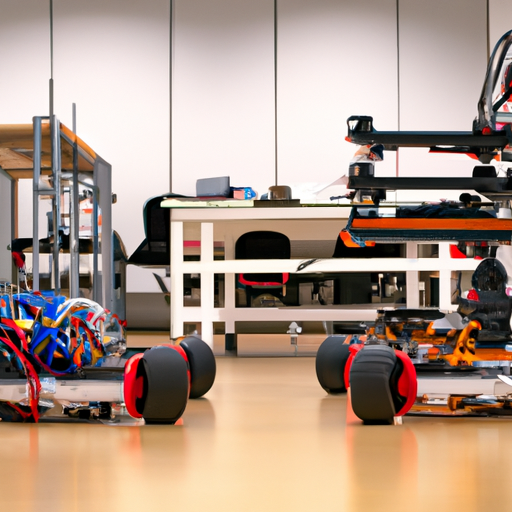As businesses strive to enhance efficiency and adapt to changing market demands, the spotlight has turned to Supply Chain Innovations. Companies are increasingly leveraging technology to transform their operations, leading to smarter and more resilient supply chains.
1. Embracing Artificial Intelligence
Artificial Intelligence (AI) is at the forefront of supply chain innovations. Through advanced data analytics, AI can predict demand trends, optimize inventory levels, and enhance overall decision-making processes. This shift not only reduces costs but also improves customer satisfaction as businesses can respond swiftly to changes in consumer behavior.
2. Blockchain for Transparency
Blockchain technology is revolutionizing supply chain management by providing unparalleled transparency. Each transaction is recorded on a decentralized ledger, allowing businesses to track products from production to delivery. This innovation mitigates fraud, ensures compliance, and enhances traceability in operations.
3. Automation and Robotics
Automation is transforming warehouses and logistics. Robotics technology streamlines processes such as picking and packing, enabling companies to meet high demand with greater speed and accuracy. Logistics Innovations now involve smart warehouses equipped with autonomous drones and robotic assistants that work alongside human employees.
4. Sustainable Supply Chains
Another significant innovation trend is the focus on sustainability. Consumers are increasingly demanding environmentally friendly practices, prompting companies to adopt greener supply chain strategies. This includes utilizing electric vehicles for transportation and sourcing from sustainable suppliers to minimize the overall carbon footprint.
5. The Role of IoT
The Internet of Things (IoT) is transforming the way supply chains function. By connecting devices and sensors, businesses can gain real-time insights into shipping conditions, inventory levels, and equipment status. This connectivity enables companies to optimize operations, forecast accurately, and reduce waste.
Conclusion
In conclusion, the latest Supply Chain Innovations are paving the way for a more efficient, transparent, and sustainable future. As technology continuously evolves, businesses that invest in these advancements will not only survive but thrive in the competitive landscape of today’s economy.
Stay ahead of the curve by understanding and implementing these innovations in your supply chain strategy.













